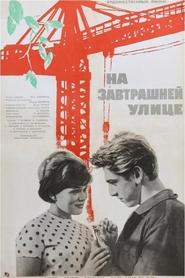detail profile nikolai voloshin
Peran Yang Di Mainkan Nikolai Voloshin
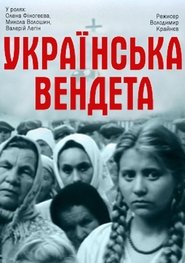 The Hitlerian army has merely encroached...
The Hitlerian army has merely encroached...Ukrainian Vendetta 1991
The Hitlerian army has merely encroached upon the territory of Ukraine, and the majority of the local people have been already ready to cave in to a new regime. The Ukrainian policemen have killed the boy. It is clear that there is no hope to expect the justice from the invaders, that’s why the killed boy’s mother declares the war on the hangsman.
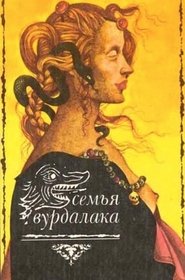 A newspaper sends a young reporter...
A newspaper sends a young reporter...The Vampire Family 1990
A newspaper sends a young reporter into the Russian countryside to make a nice, sensationalist yarn out of some strange stories going around. Once in the countryside, Igor is accommodated by a peasant family living in the middle of nowhere close to a ruined church. The family is convinced that their dead patriarch will return from the dead as a blood-drinking fiend exactly nine and a half days after his demise.
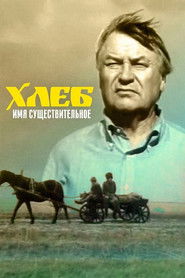 Set around the Volga river the...
Set around the Volga river the...Bread 1988
Set around the Volga river, the story begins around 1900, when Russian peasants are let free and allowed to own their farmlands. But soon they suffer from losses during the 1917 Russian Revolution and the following Civil War. Then, the major national catastrophe is started by Stalin: his communist government kills millions of farmers and steals all their food supplies, causing the longest and deadliest famine all over central Russia during the 1920s and 1930s.
 This literary adaptation was one of...
This literary adaptation was one of...How the Steel Was Tempered 1942
This literary adaptation was one of only two films made during World War II on the subject of the Civil War following the Bolshevik Revolution, as attention by filmmakers and viewers shifted away from past history and toward the current conflict.
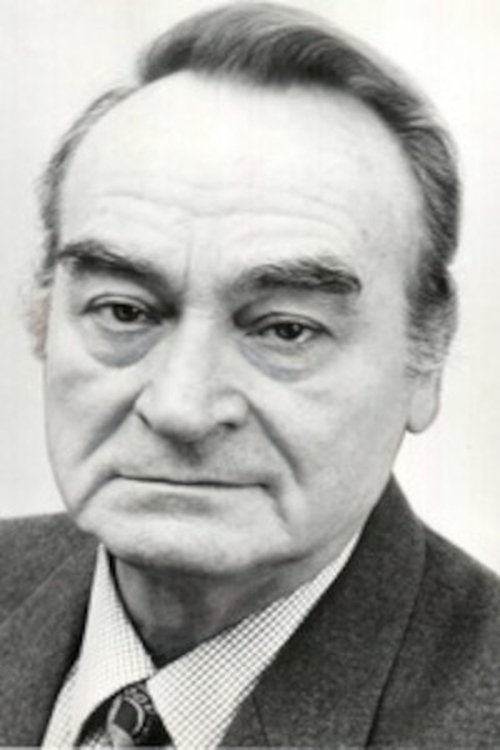
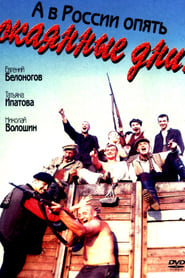 Viktor Burdin demands complete clarity from...
Viktor Burdin demands complete clarity from...